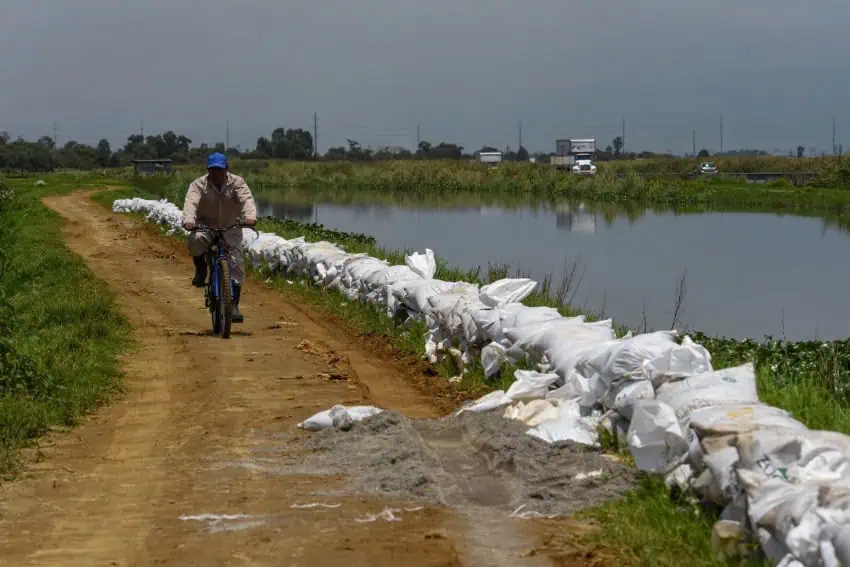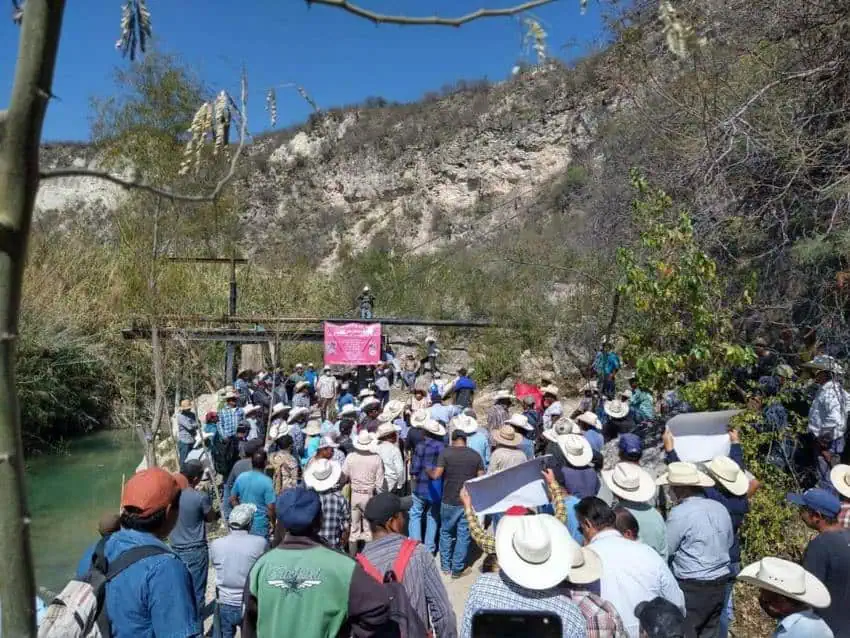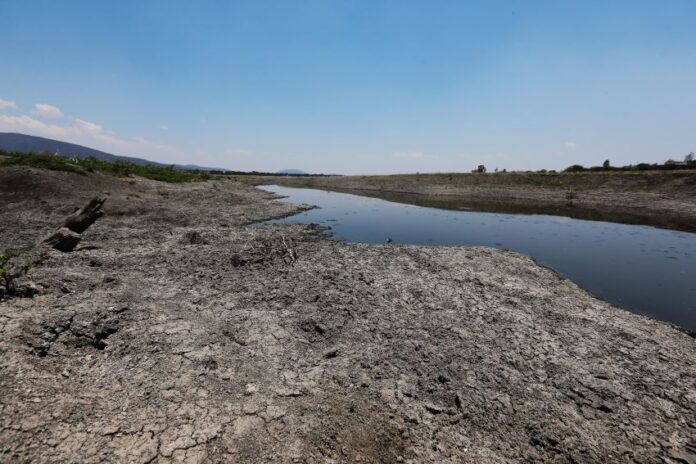Mexico’s 2025 dry season could last around six months, according to predictions by the National Water Commission (Conagua) — from late November 2024 to May 2025 — meaning a potentially difficult year ahead in states by no means fully recuperated from drought conditions in 2024.
“The water crisis in Mexico is severe and represents a paradox because although torrential rains have occurred in recent months, drought persists in large areas of the country,” said UNAM postdoctoral engineering researcher Norma Elizabeth Olvera Fuentes.

In response to Mexico’s years-long struggles with drought and water scarcity, new President Claudia Sheinbaum introduced Mexico’s National Water Plan (PNH) 2024–2030 in November, aimed at ensuring water sustainability, equity in access and protection of water resources for future generations.
The government has earmarked 20 billion pesos (US $979 million) for water projects across the country in 2025.
What parts of Mexico are still in drought?
Mexico’s northwest region is currently experiencing widespread drought, in the states of Chihuahua, Sinaloa, Sonora and Baja California.
In Chihuahua, Conagua considers 27 of the state’s municipalities, or 46.5% to be in extreme drought. Another 24 municipalities, or 14.7%, are facing exceptional drought, according to the federal water agency.
In the central Bajío state of Querétaro, nine municipalities are experiencing moderate drought, and six are suffering abnormally dry conditions, marking 58.6% of the state’s land, according to Conagua. Meanwhile, 37% of neighboring Guanajuato state is facing drought conditions.

Mexico City: Letting the Cutzamala recover
In December, after a year of water scarcity and shortages in the nation’s capital — and media talk of a “Day Zero,” when Mexico City would run out of water for residents — Mayor Clara Brugada announced a plan to halve the capital’s reliance on the Cutzamala water system for two years, to let it recuperate from persistent water losses.
The Cutzamala is a series of dams, canals and pipes supplying around 27% of the capital’s water. for two years, to let it recuperate from losses. Drought and other factors have decreased its water levels significantly in recent years, and it reached a historic low of under 30% of capacity in May.
However, three of its dams — Villa Victoria, Valle de Bravo and El Bosque — registered levels above 60% in December, according to Conagua.
Sonora: Agriculture hit hard
In Sonora, drought is expected to significantly cut the state’s wheat production this year. A historic low of 15% of the 150,000 hectares typically used for grain will be sown, general director of the Yaqui River irrigation district Humberto Borbón Valencia told the newspaper La Jornada.
According to Valencia, 22,000 farmers in the irrigation district could be affected.
The Yaqui River basin has a water deficit of more than 300 million cubic meters, a situation that threatens southern Sonora’s economy, which particularly relies on farming.
Tamaulipas considers cloud seeding
In Tamaulipas, 4.8% of the state is in moderate drought, and 9.3% is abnormally dry, according to the SMN. Conditions are worst in northern Tamaulipas, negatively affecting agricultural production there, state Hydraulic Resources Ministry head Raúl Quiroga said.

State authorities there are considering cloud seeding, a weather modification technique aimed at improving a cloud’s ability to produce rain.
“We are going to do what we can against nature,” Quiroga said, according to the news site El Sol de Tampico.
The state also invested in cloud seeding in 2023 — efforts deemed successful by state Agriculture Undersecretary Eliseo Camacho — at a cost of around 340,000 pesos (US $16,654), funded by the National Commission of Arid Zones (Conaza).
With reports from El Economista, La Jornada, Diario de Querétaro, El Heraldo de Chihuahua, El Diario, El Sol de Tampico and Milenio
